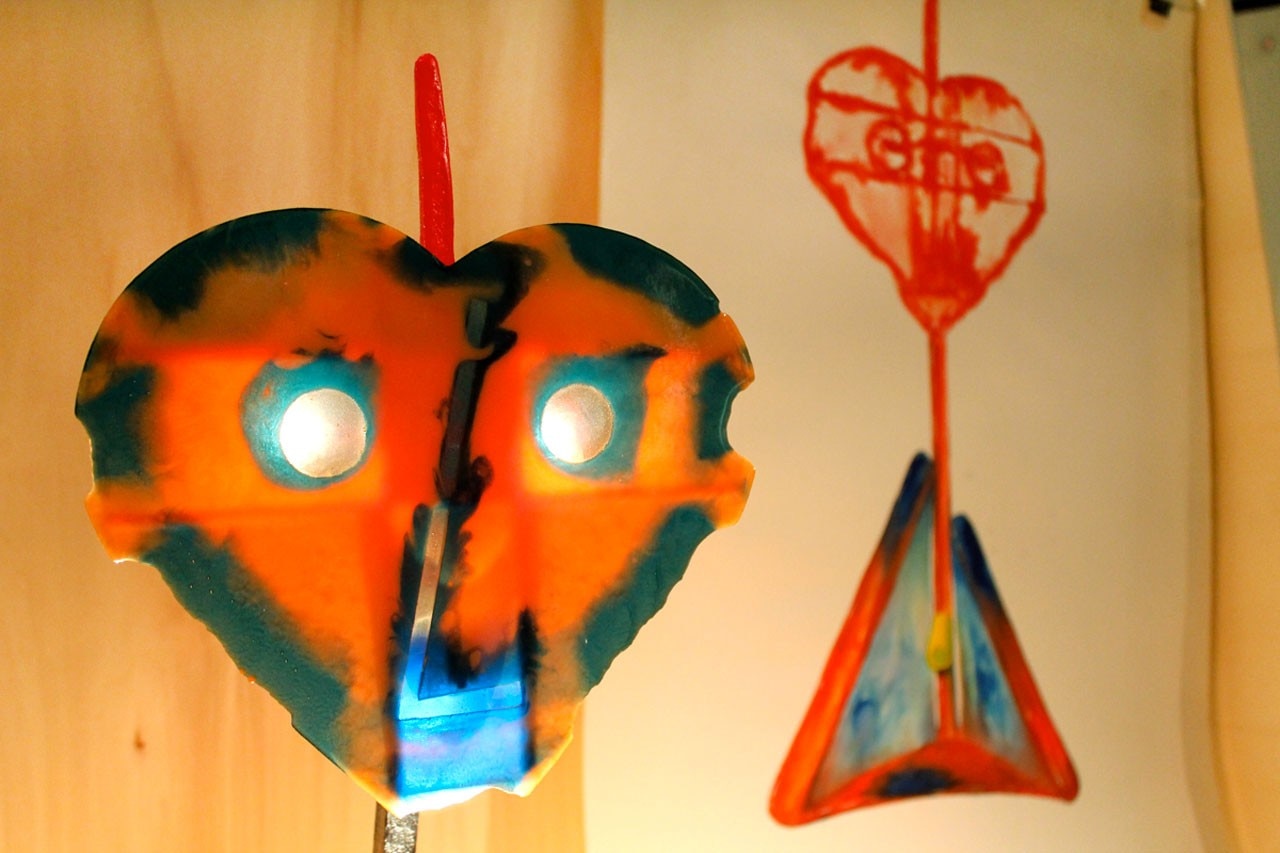The exhibition of my work that opened at the MAXXI in Rome on 26 June is another retrospective. It follows the one at the Milan Triennale in 2005, which in its turn had been preceded by the one at the Centre Pompidou in 1996.
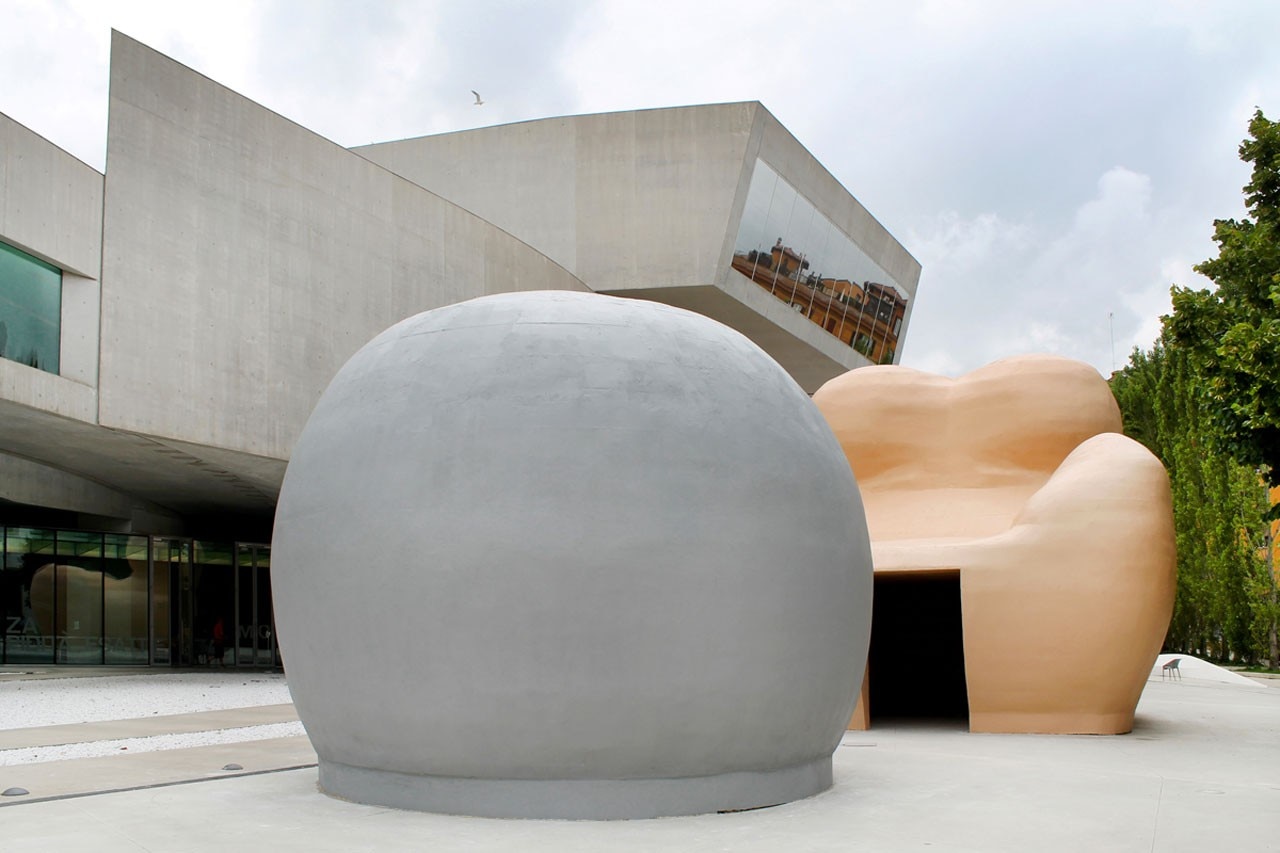
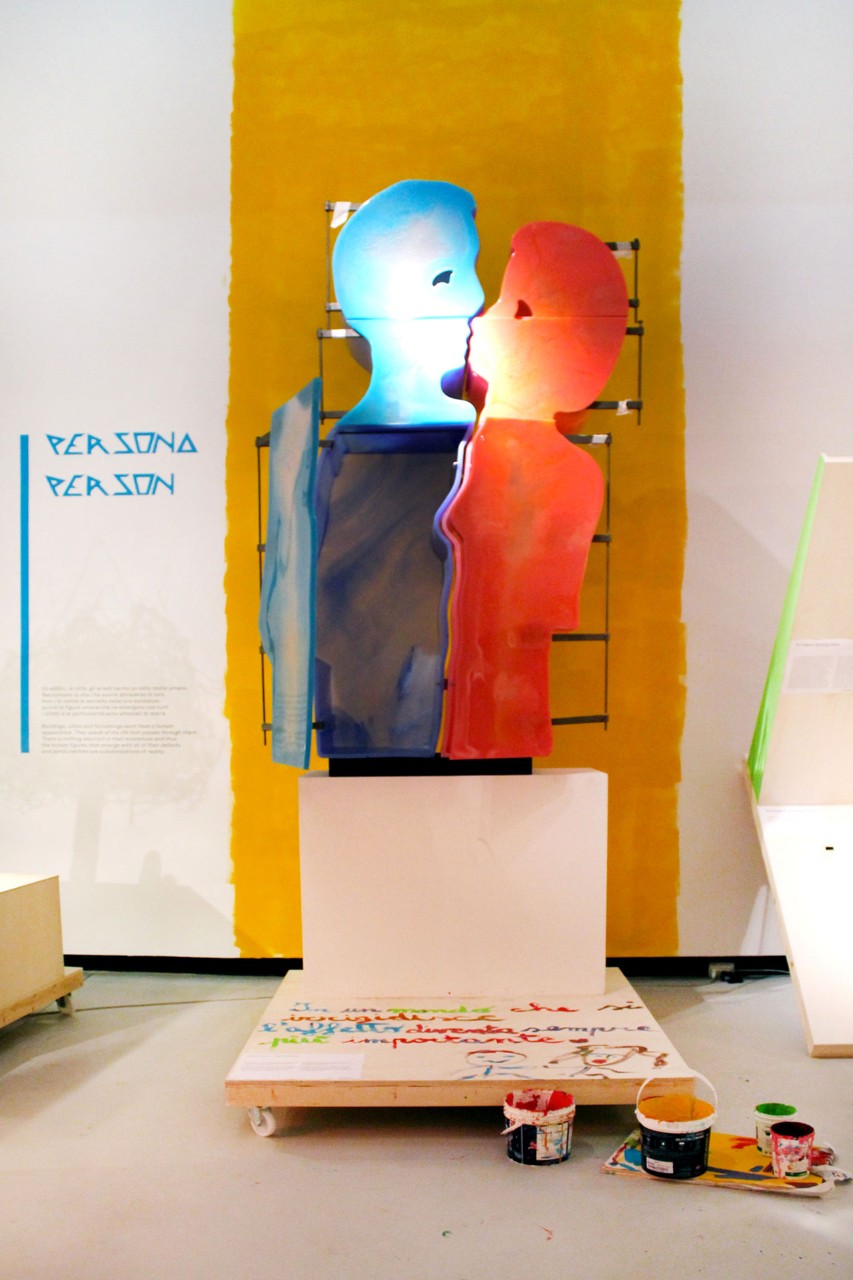
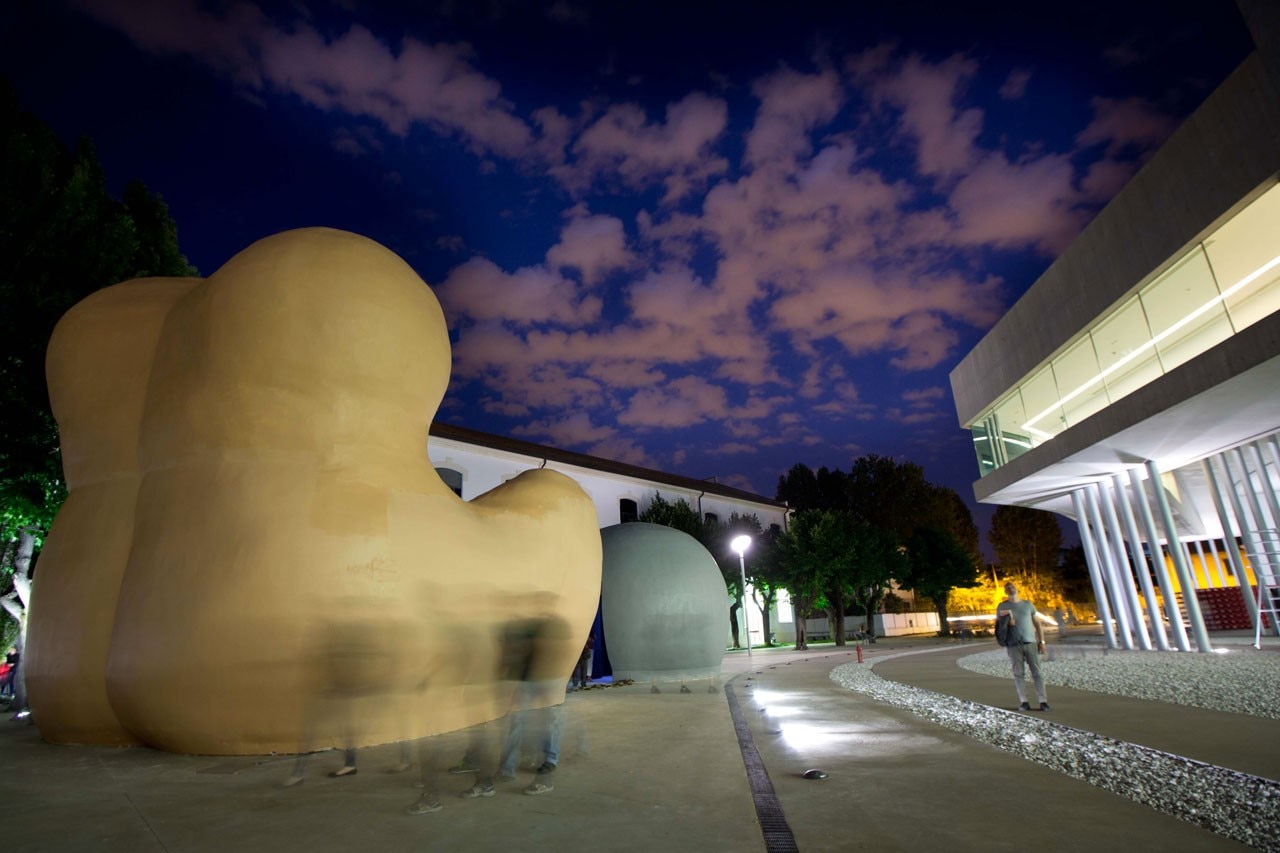
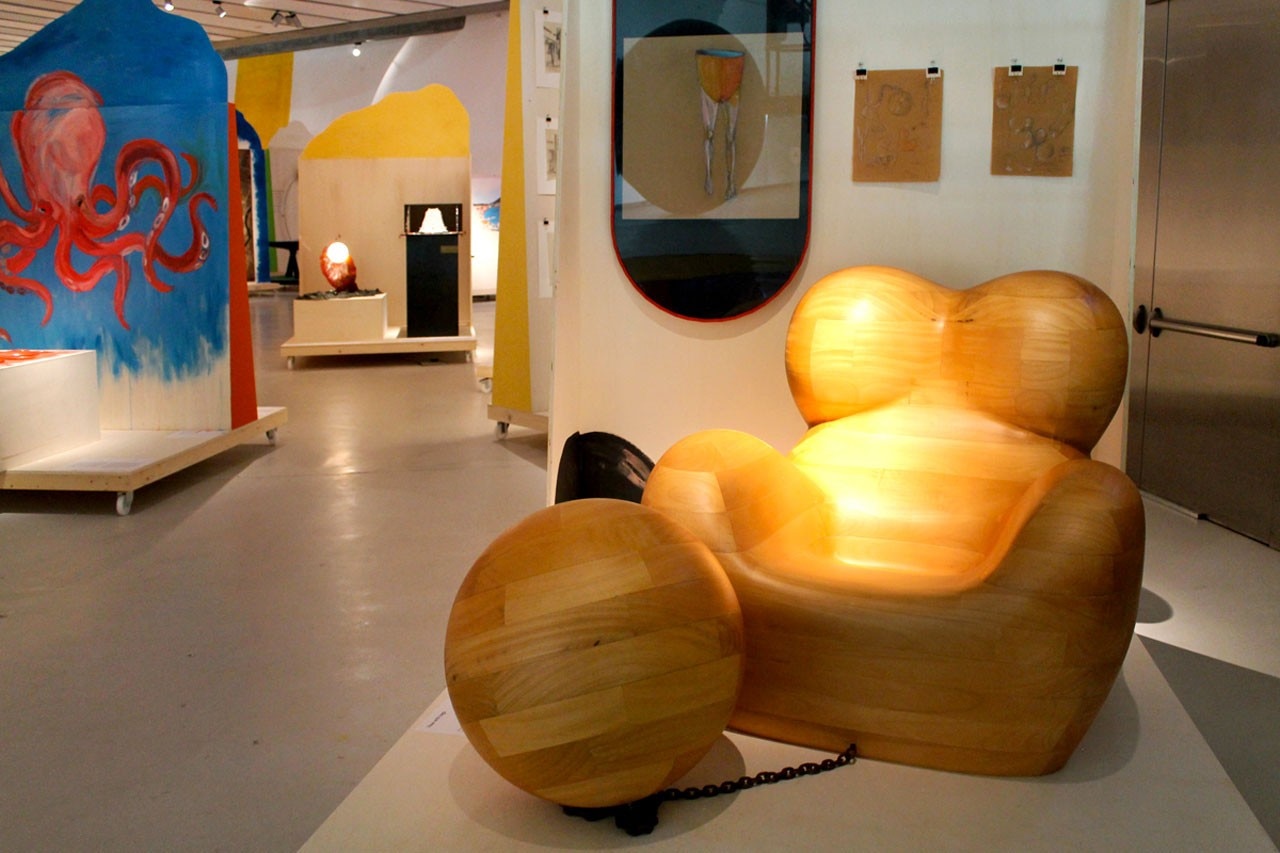
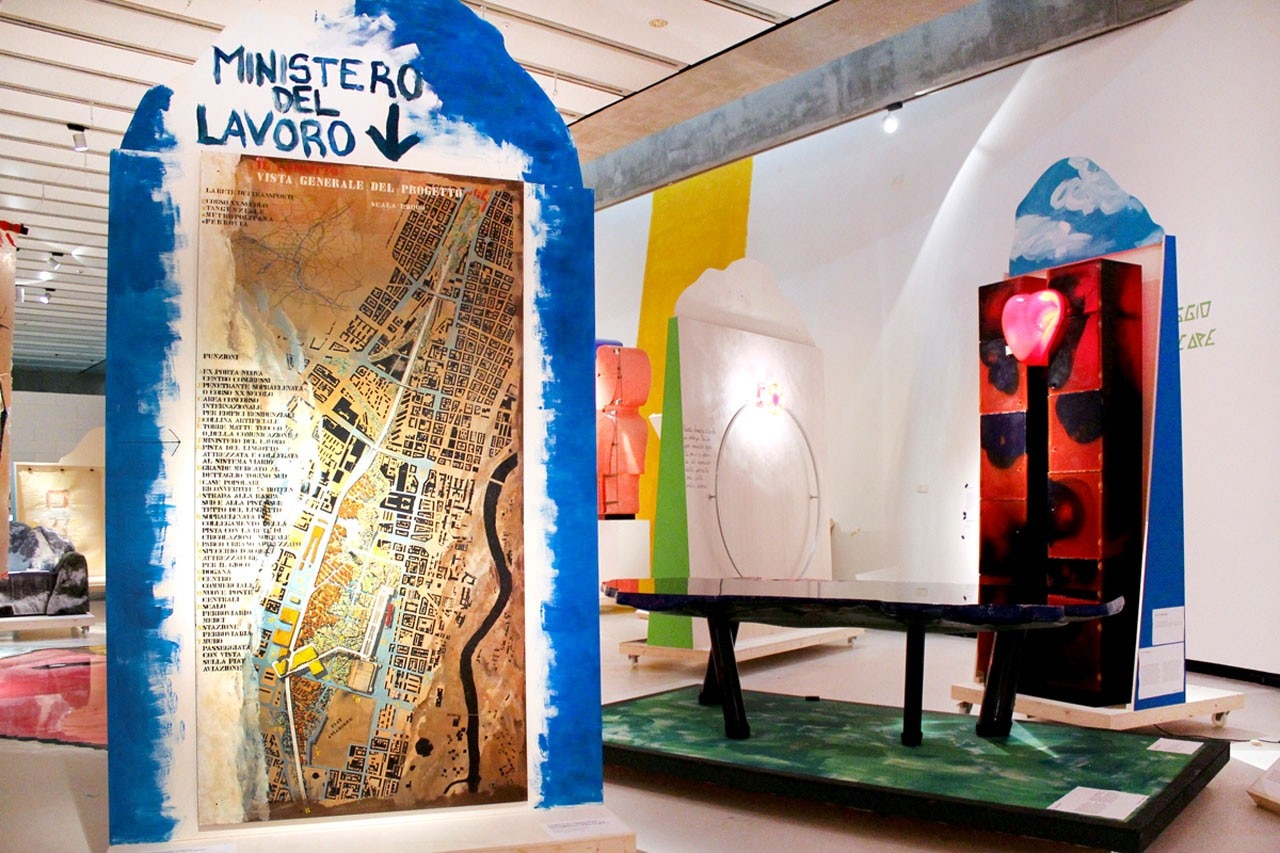
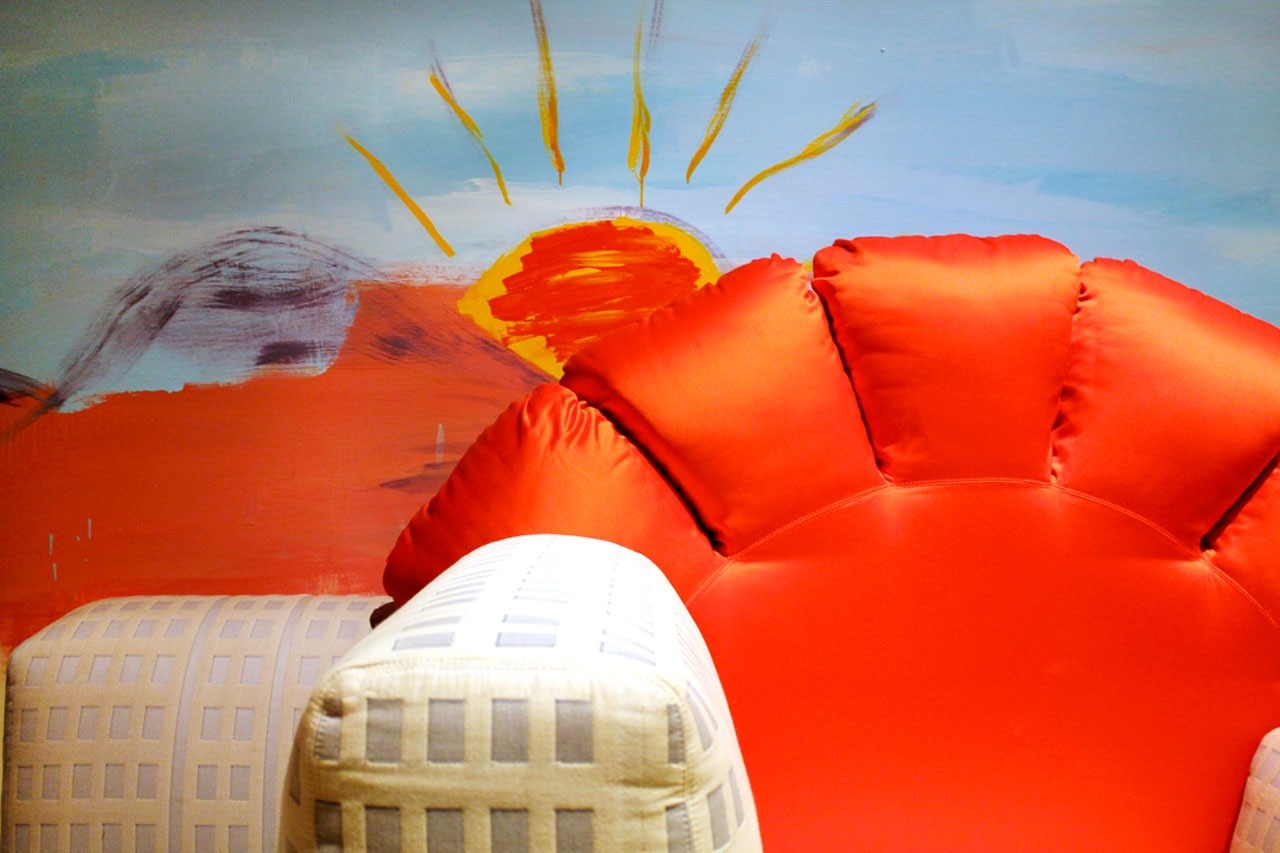
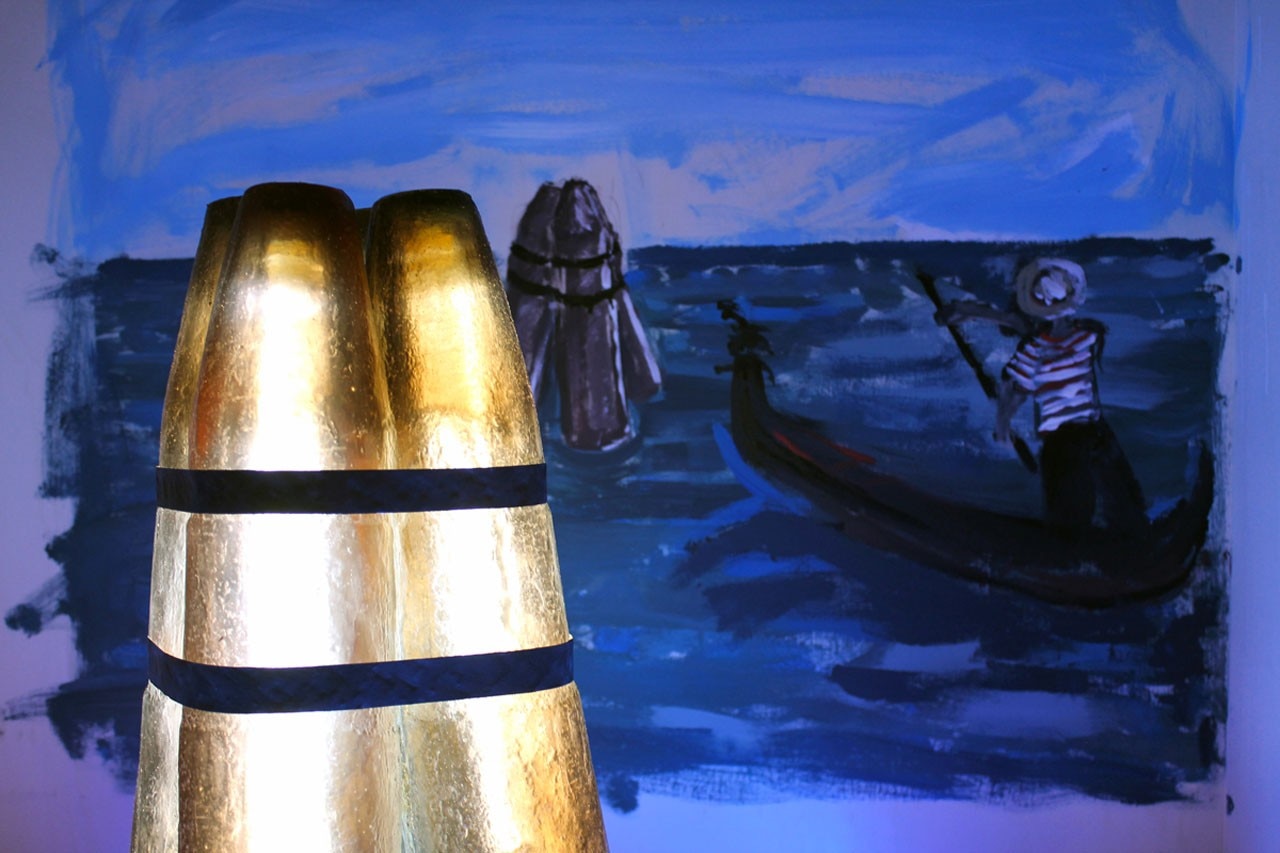
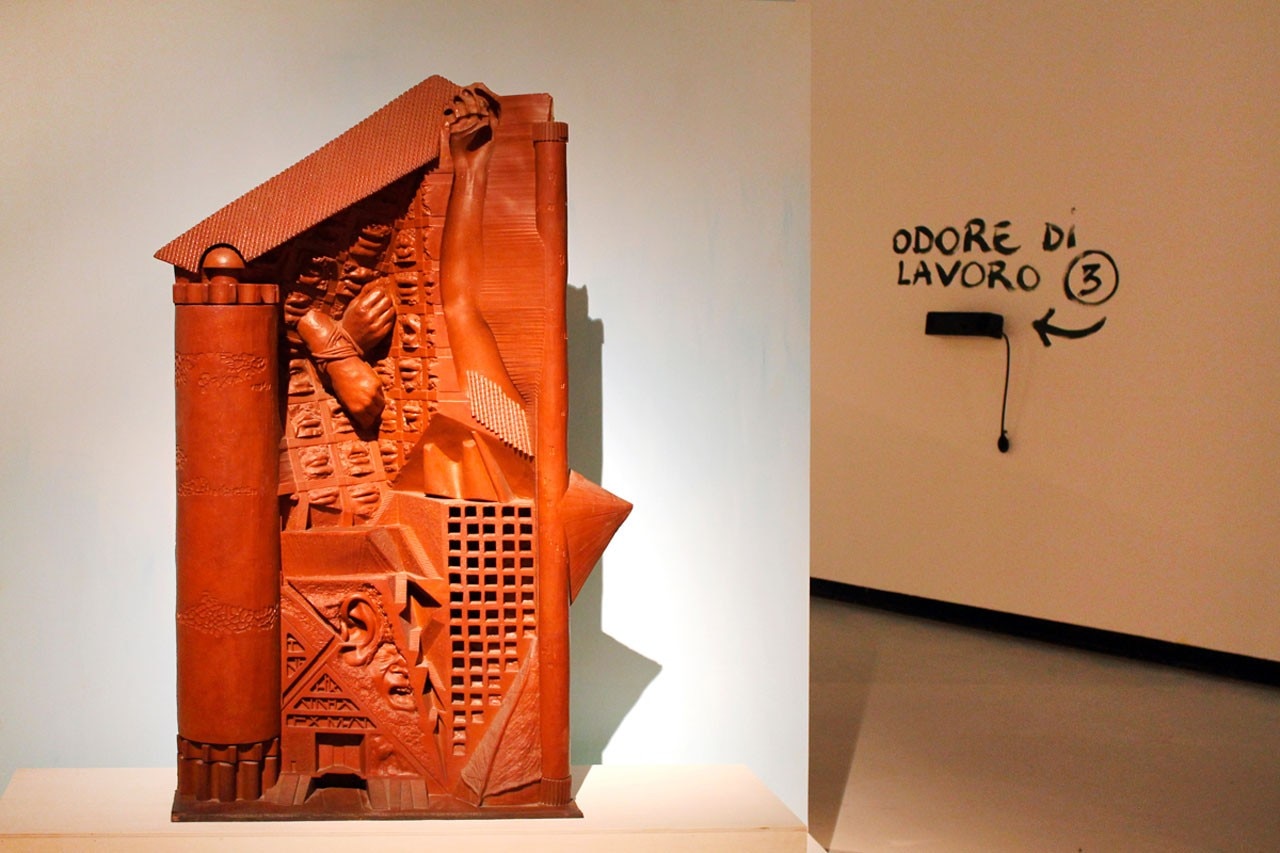
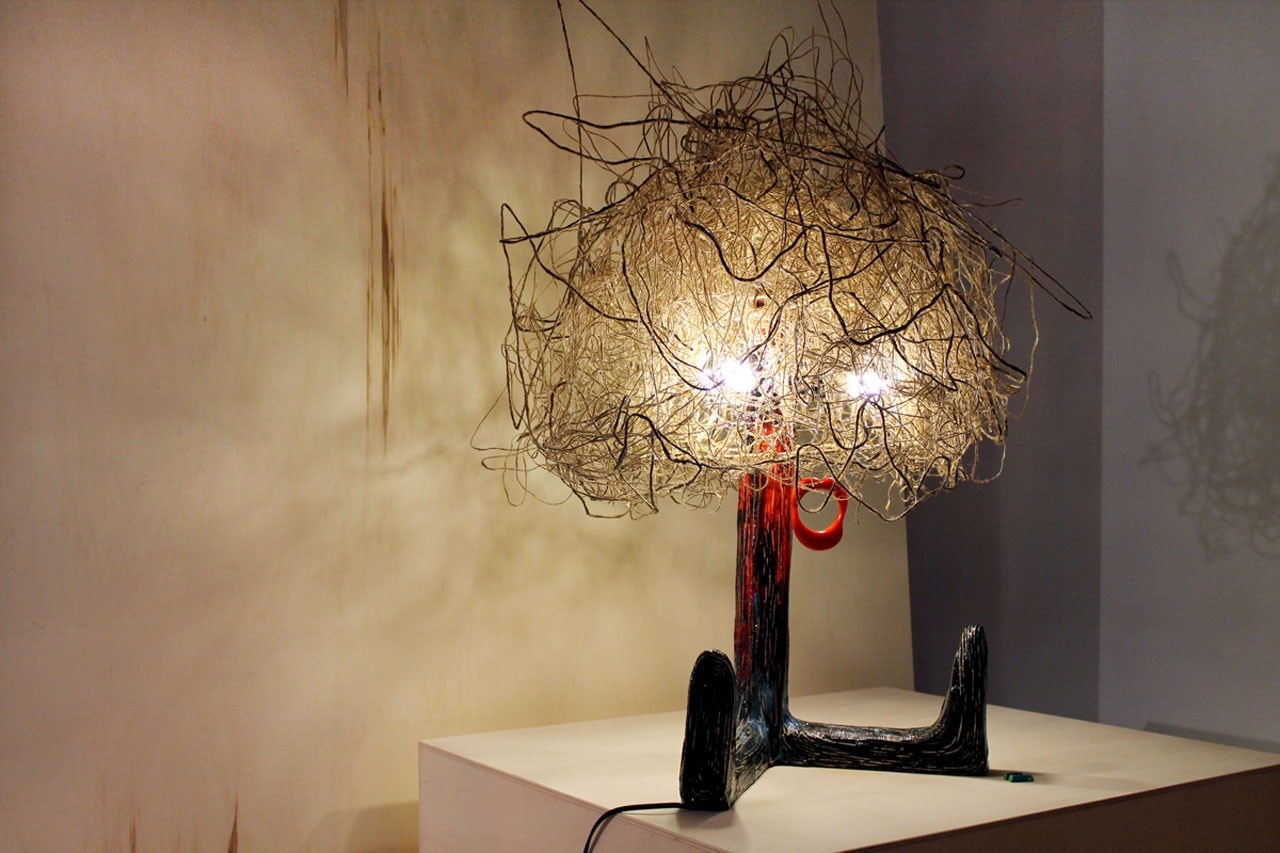
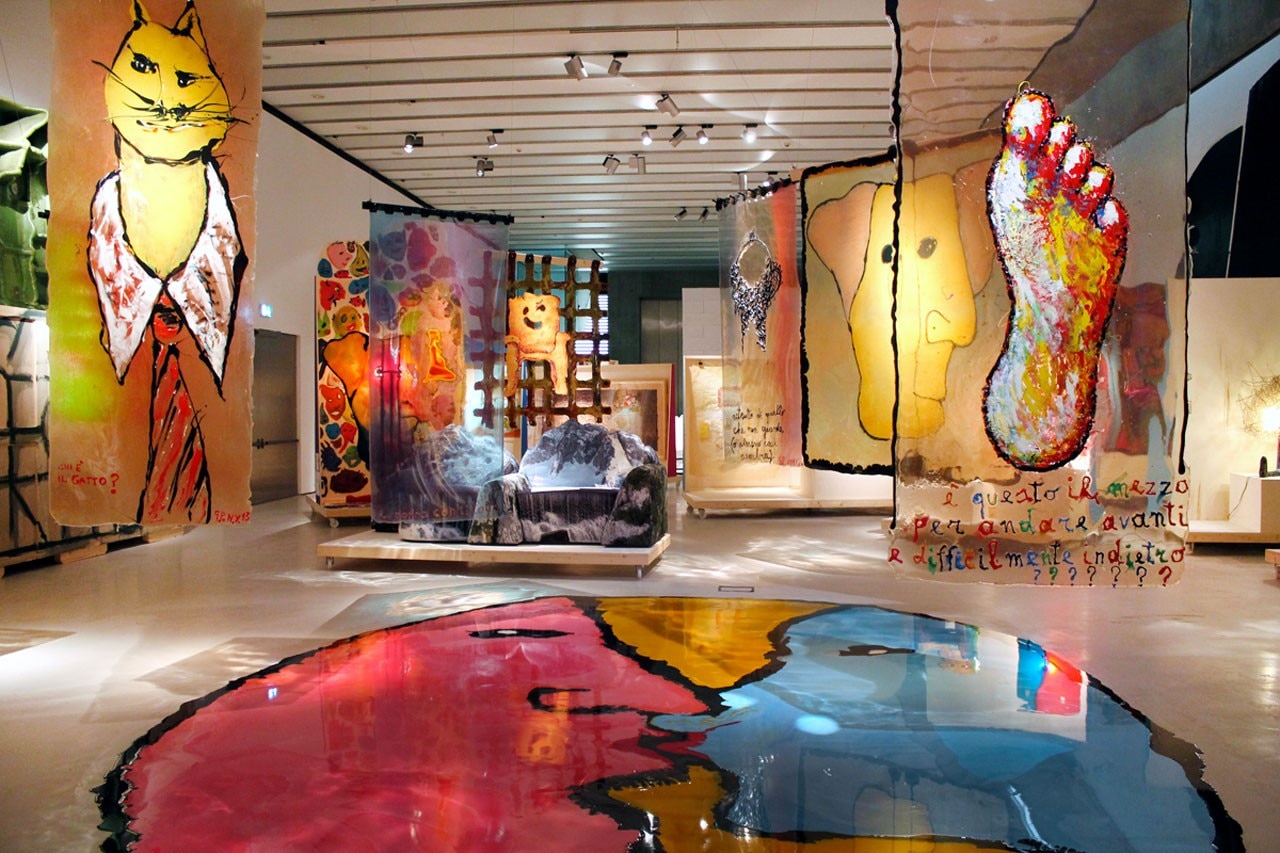
26 June – 5 October 2014
Il tempo della diversità
Galleria 1 and Piazza del MAXXI
curated by Gianni Mercurio and Domitilla Dardi


